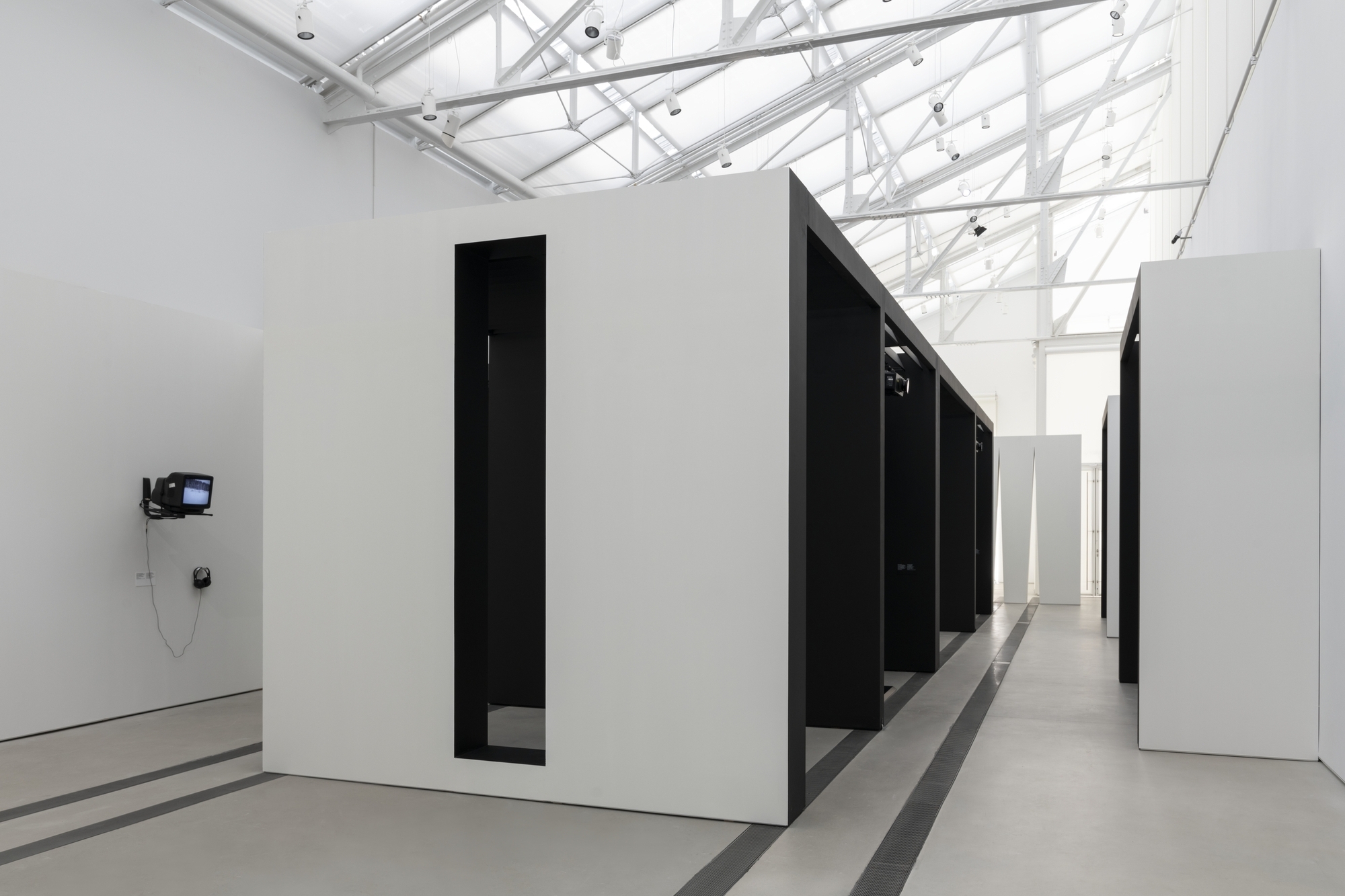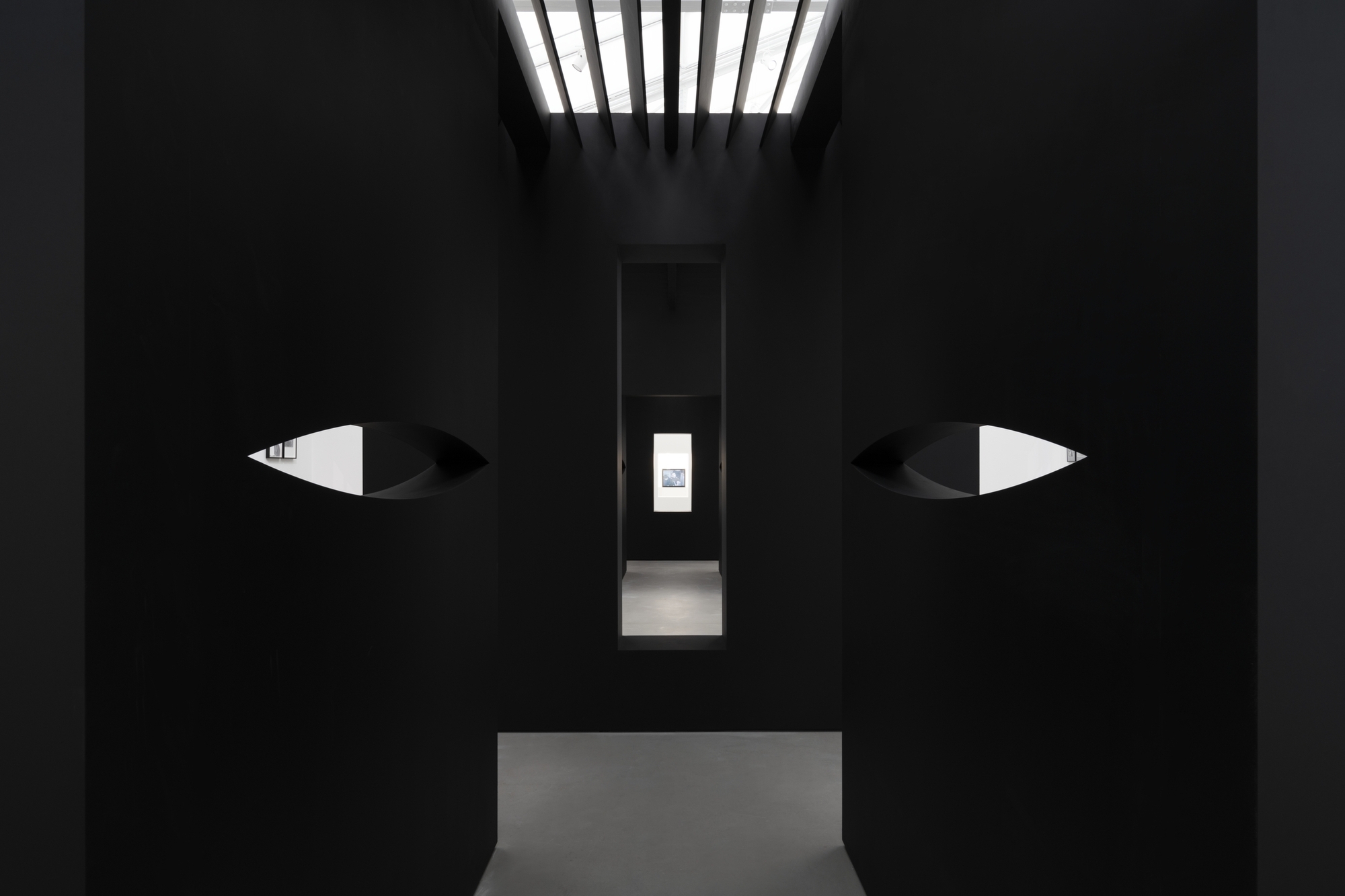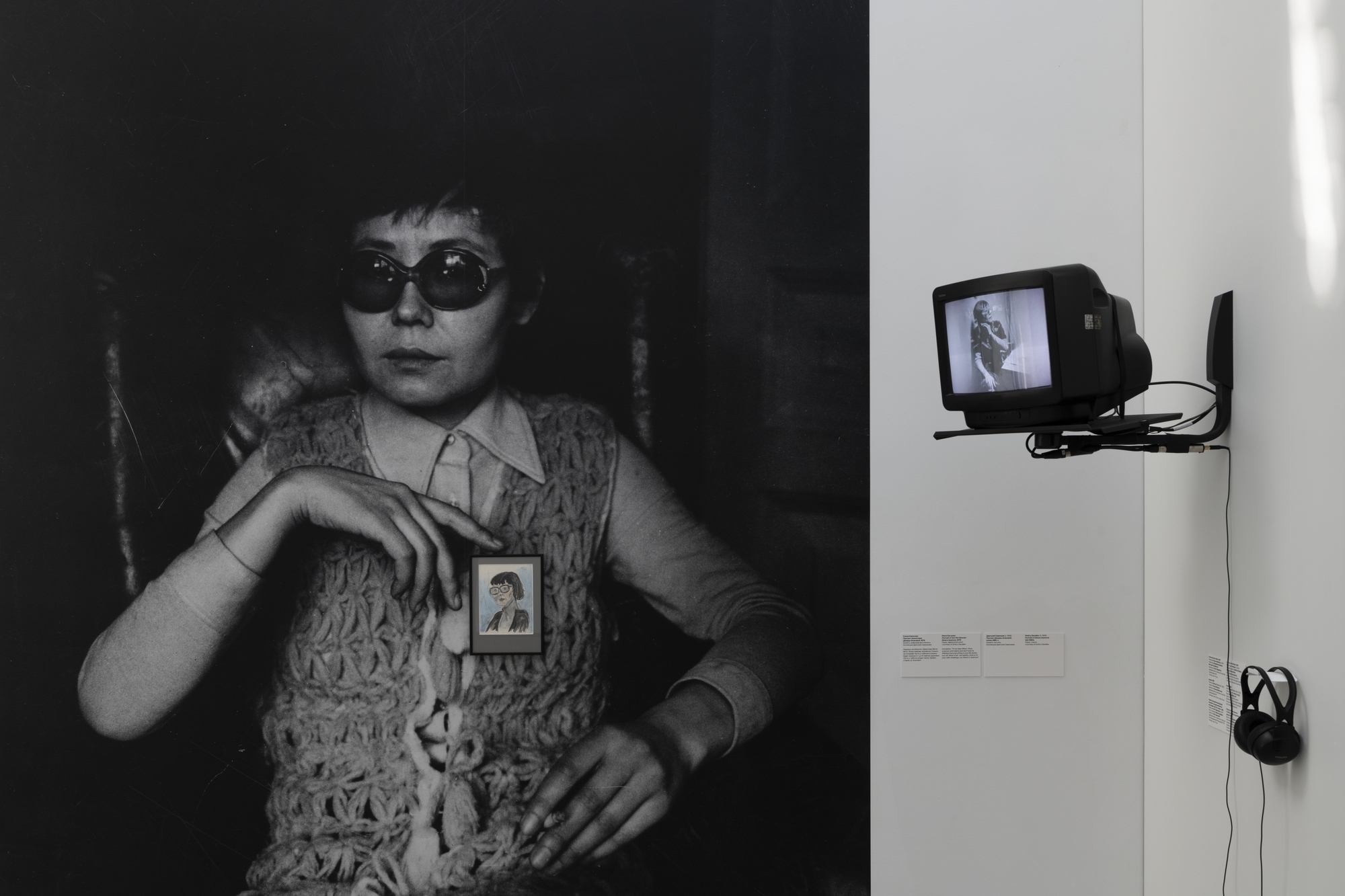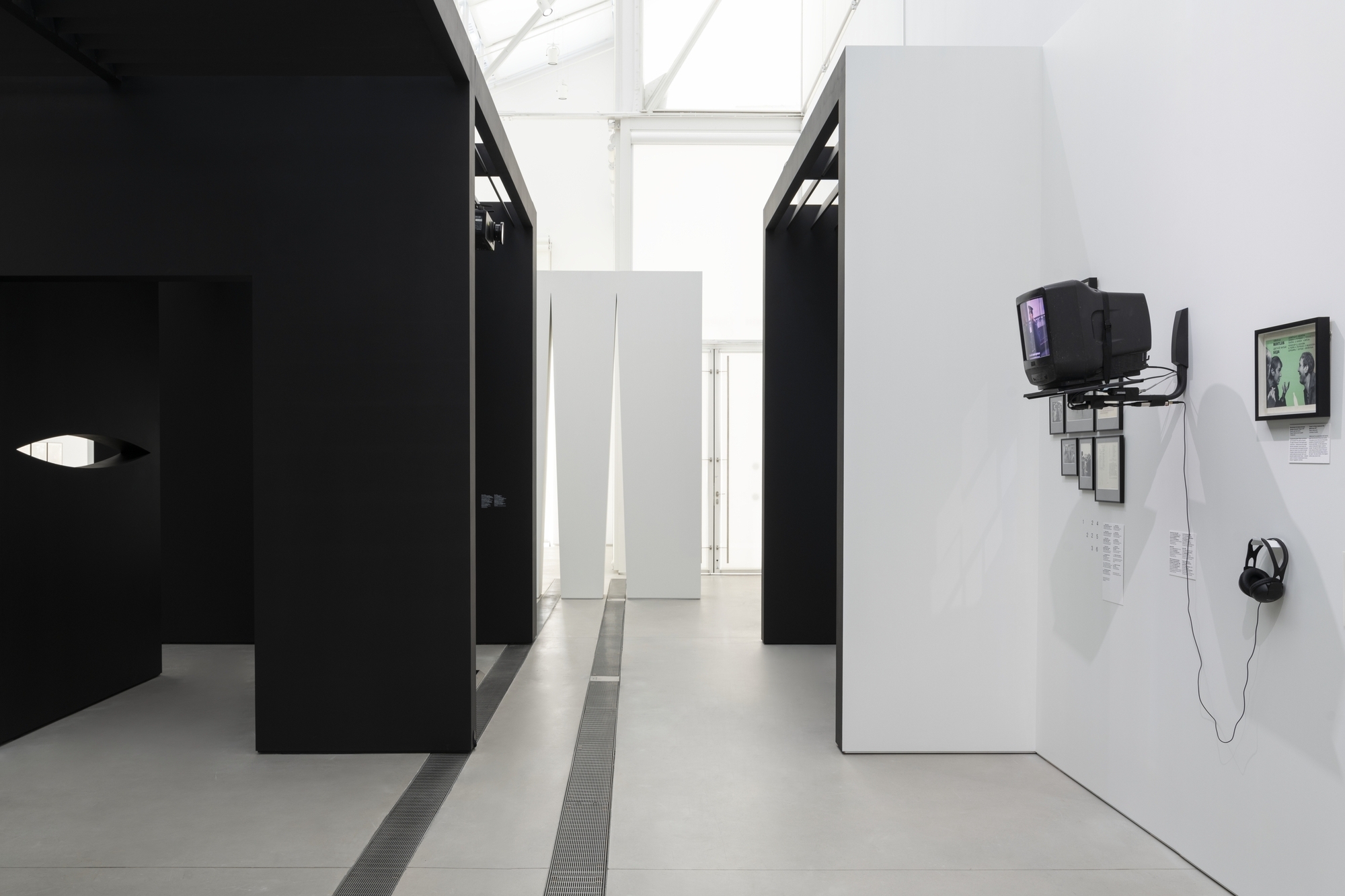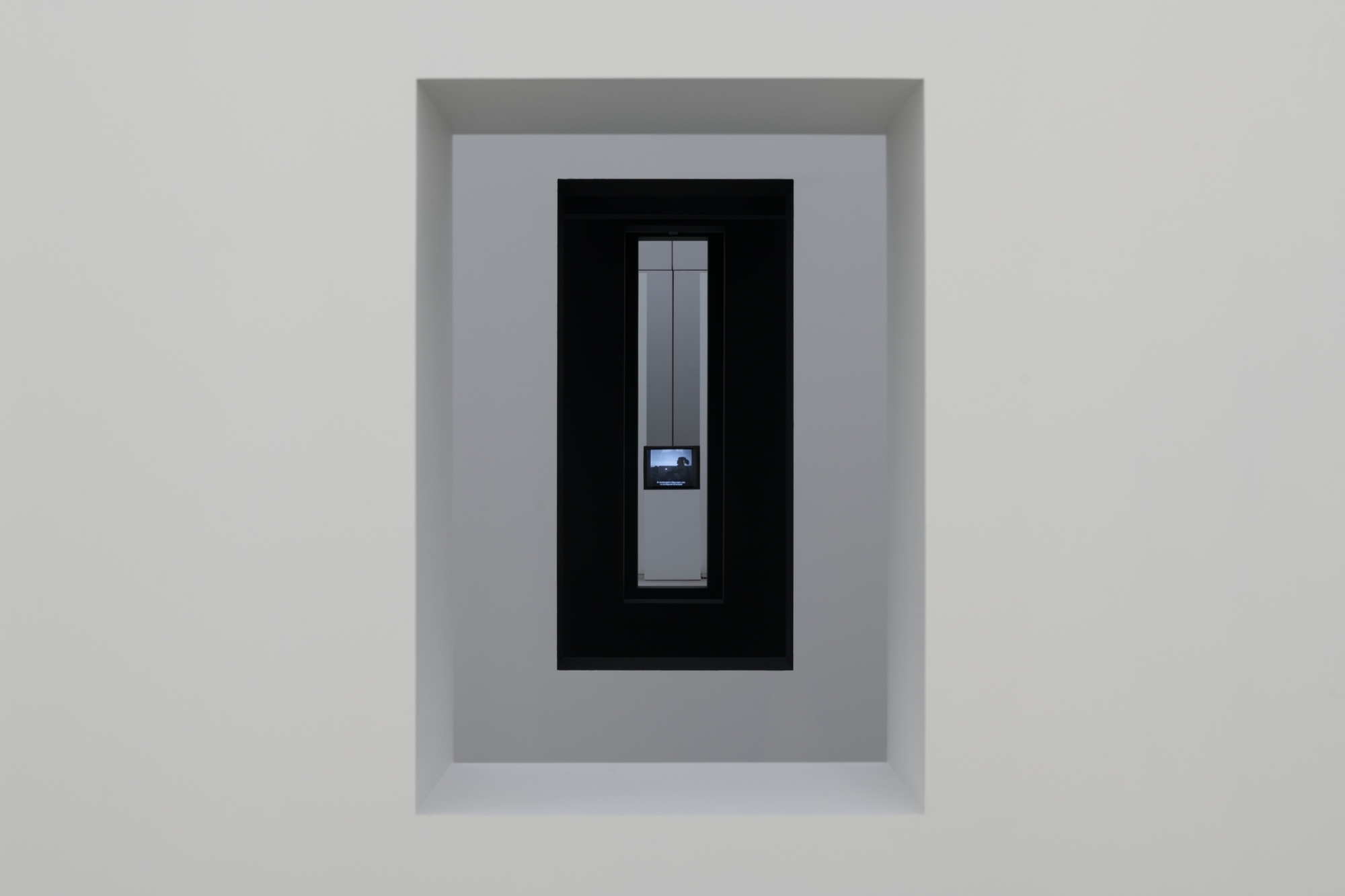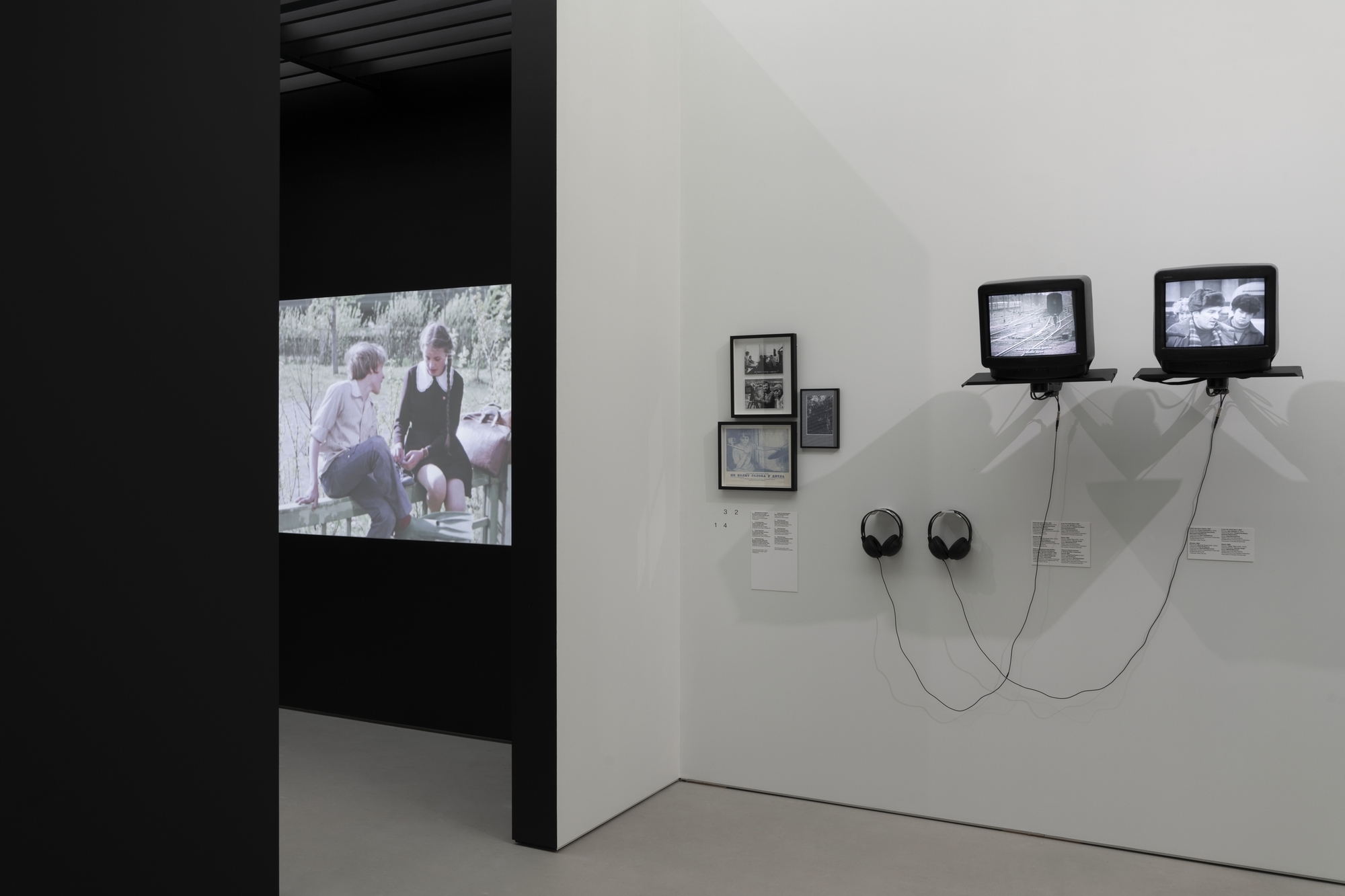An exhibition about the Soviet film director Dinara Asanova and her unique method.
Lessons in Joy and Pain
- Date:
- 25 Apr–
14 Jul 2024
- Age restrictions
- 12+
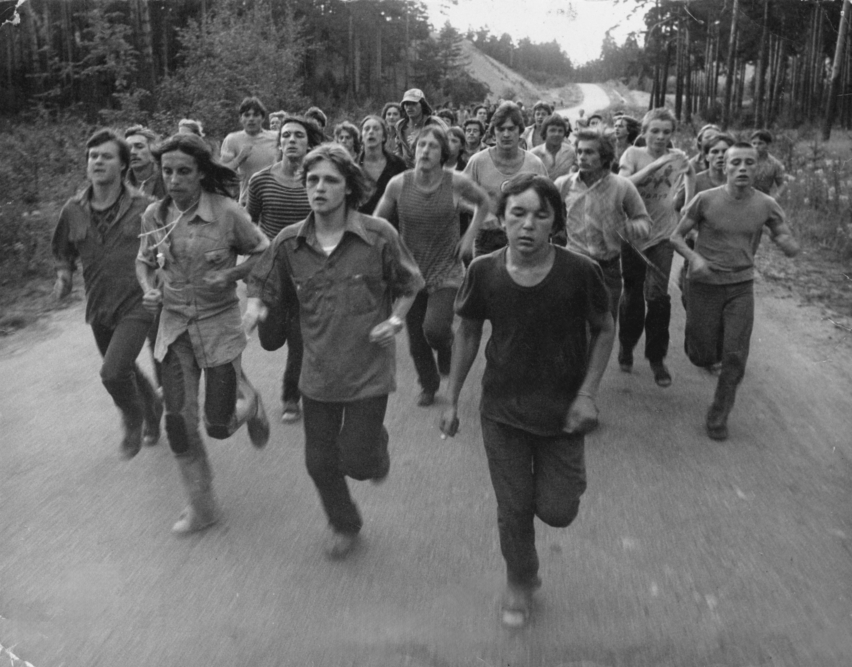
Though Dinara Asanova lived only forty-two years, she made more than ten films that went on to become emblems of the Stagnation period. Her works tell the stories of children and adolescents, their joys and cares, loves and friendships, conflicts with their peers and parents, and searches for their places in the world.
In one of her final diary entries, Asanova clearly and succinctly expressed her directorial approach: “I have no time to speak untruths.” Dinara Asanova was given little time, yet she was able to say a lot. She spoke the truth in the way you do when you are young, and don’t yet know the laws by which this world lives.
The Lessons in Joy and Pain exhibition is a study of Dinara Asanova’s specific method, and the title is a reference to an essay on Asanova of the same name by the dramatist Alexander Zhitinsky. A subtle psychologist, Asanova always developed her films in collaboration with her actors, turning them into full-fledged co-authors. Lessons in Joy and Pain explores the remarkably laconic and lively cinematic language that brought Asanova’s films close to the documentary genre.
The exhibition is composed of three parts. It immerses viewers in the world created by Dinara Asanova and turns away from the characteristic structure of museum shows about cinema that leave no room for the films themselves. By including Asanova’s films and texts in the exhibition space, Lessons in Joy and Pain emphasises the most important quality of cinematic art—its direct impact on the viewer. A particular restraint is required in telling the story of a director whose films are so full of the minutiae of everyday life, and the resulting ascetic installation format proves entirely appropriate.
The first part of the exhibition presents Asanova’s debut short film, Rudolfio (1969), based on a novel about a schoolgirl who falls in love with an adult man. Rudolfio centres on the emotions of its heroine and on how she experiences her first strong feelings. This deviation from traditional values—schoolgirls should think of their studies, not of older, married men—did not please the Soviet censors, and it would be five years after the release of Rudolfio before Asanova was allowed to make a film again.
The second part introduces viewers to a number of Dinara Asanova’s iconic films. Woodpeckers Don’t Get Headaches (1974) is a delicate study of first love and its influence on a teenager’s unformed psyche. Set in a high school, The Key That Should Not Be Handed On (1976) tells the story of growing up within a turbulent collective. The Wife Has Left (1979) is a drama about a family in which the mother decides to get a divorce and leave her ten-year-old son with her husband. Another drama, Boys (1983), is set in a summer camp for “troubled teenagers”—street urchins, petty thieves, children from dysfunctional families.
The third part of the exhibition is dedicated to the figure of Dinara Asanova herself and centres on one of her late dramas, Children of Discord (1984). Radically modest in form and in many respects autobiographical, the film is about the tragedy of a family falling apart, in which the principal victims are the children. The asceticism of Asanova’s mise-en-scène makes painfully clear the bitterness of a couple whose life paths have diverged, leaving them with hearts full of spite.
Lessons in Joy and Pain sets Asanova’s films alongside assemblages of photographs, fragments from interviews with the director and her actors, and other archival materials. Visitors can also find extracts from Asanova’s diaries, fragments from articles about her films, and recollections of her colleagues printed on sheets of paper throughout the exhibition space.
* There are many different sounds in this exhibition. If you require noise-cancelling headphones, please collect them at the information desk.
Photo: Daniel Annenkov
Author
Dinara Asanova
Curator
Andrei Vasilenko
Research Curators
Angelika Artyukh, Maria Kuvshinova
Architects
Kto Eto Studio (Nikita Goynov)
Lighting
Kseniya Kosaya
Technical production
Artem Kanifatov, Pavel Luzhin, Nikita Tolkachev
Art logistics and registration
Daria Krivtsova, Polina Kuznetsova
Producers
Veronika Luchnikova, Valeria Motorueva
Accessibility and inclusion curators
Vlad Kolesnikov , Vera Zamyslova
Media specialist
Eva-Milana Lantsova
The exhibition is organised with the participation of:
Gosteleradiofond of Russia (a branch of VGTRK)
Gosfilmofond of Russia
Lenfilm Studio
Dmitry Dolinin
Galla Kapitskaya
Dmitry Saveliev
Alexander Sokurov
Svetlana Trusova
Elena Zhitinskaya
